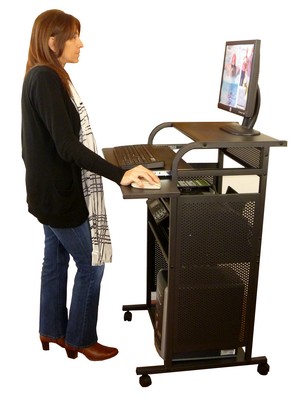Have a Seat. Relax.
In what is apparently an ongoing theme around here we have an article on sitting from the old grey lady.
It's not the sitting that is the theme.
It's the not moving.
Both The British Journal of Sports Medicine and Diabetologia, a journal of the European Association for the Study of Diabetes found that sitting for long periods is unhealthy even when you are active at other times. That is, just because you work out at 5 a.m. each day before planting your bottom in that comfy task chair in cubieville, use the stairs, park in the next zip to increase walking time, then work out again after your day job, you still are going to feel the ill effects of the long sitting.
And what are these ill effects you know full well I'm going to tell you about?
Glucose metabolism lowered. Diabetes.
High density lipoprotein (hardly ever see that spelled out do we?) lowered. Heart disease.
Sit for an hour and your production of fat burning enzymes (lipases?) decline up to 90%.

See that workstation up there? The lady standing at her screen? If the Times article is to be believed that is how life in the land of cubes is going.
Sadly, I'm writing from a task chair in the corner of my small, private office with a laptop on my lap.
(They're "laptops", so they should darn well be on the lap, right?)
I used to use a drafting table a decade or so ago. Standing. It left me, love it though I did.
And so I'm not unused to standing and working on the keyboard.
I welcome this possible sea change in the nation's workstations.
You early adopters be sure to call me when the heel spurs and plantar fasciitis get unbearable.
Update: http://www.marketwatch.com/story/is-your-ergonomic-desk-trying-to-kill-you-2013-01-29







